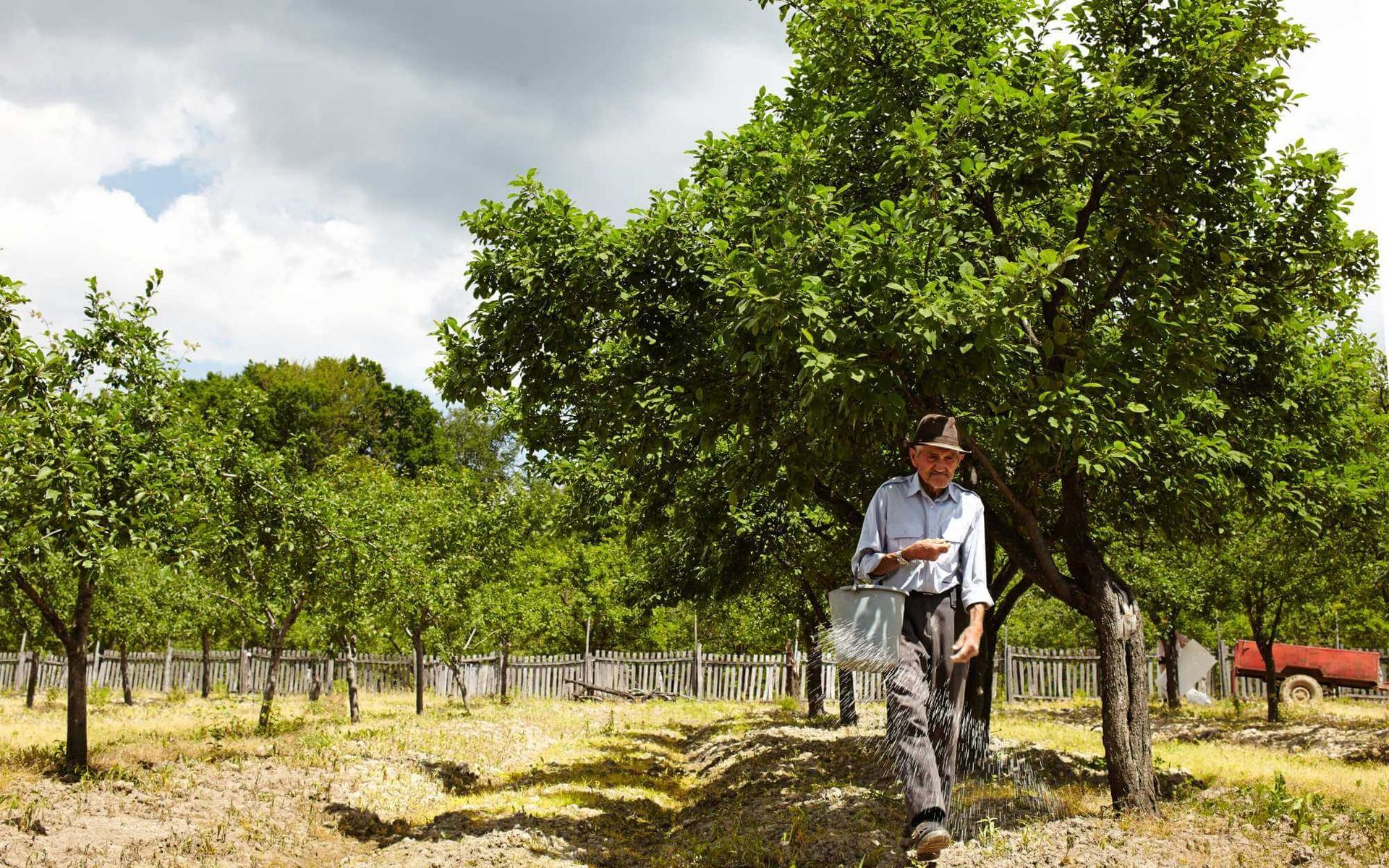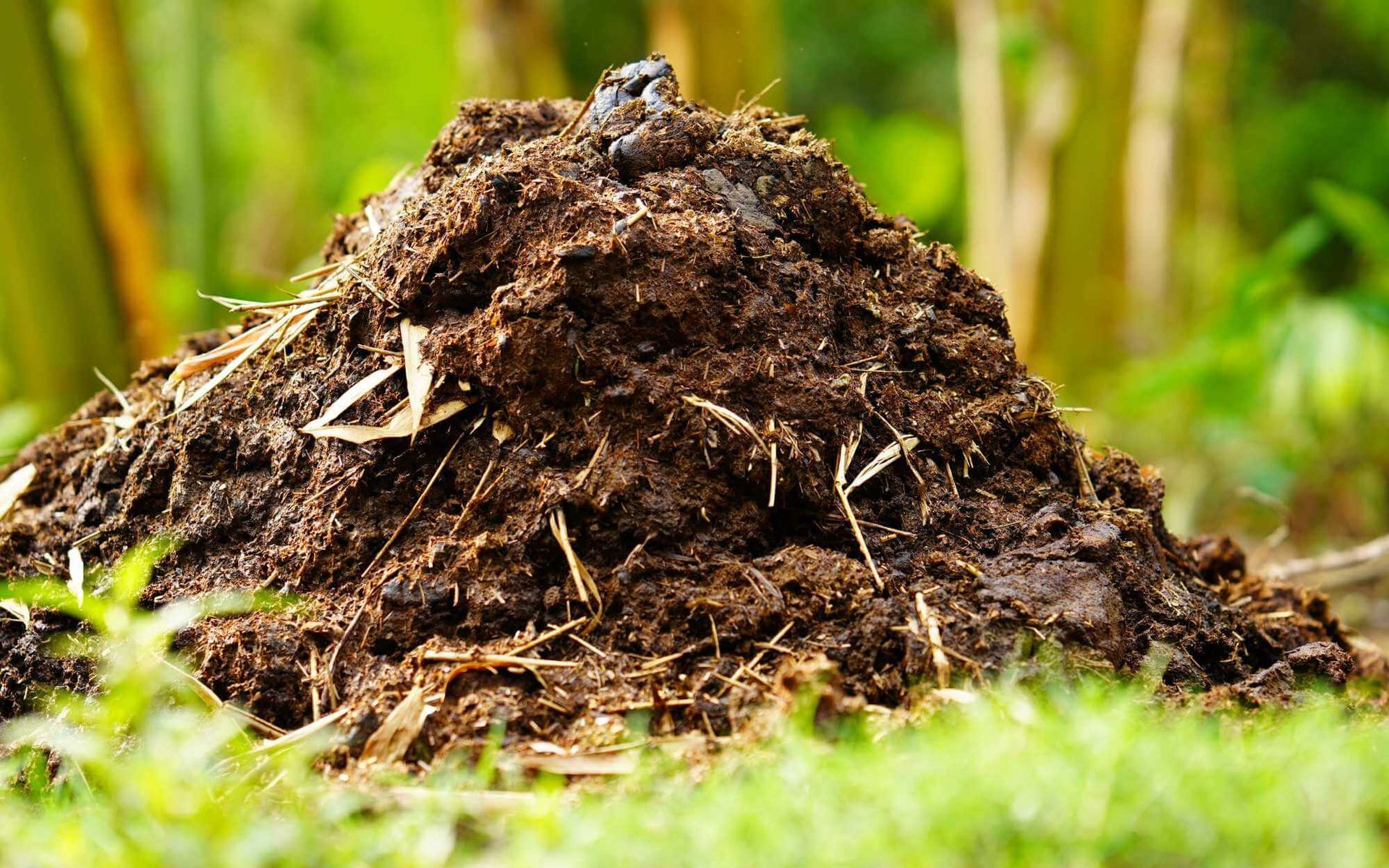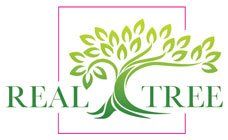Tree Fertilization for Pest and Disease Resistance
PUBLISHED ON
SHARE THIS ARTICLE

In the diverse world of arboreal care, tree fertilization often takes a backseat, overshadowed by more immediate concerns such as pruning or pest removal. However, this unnoticed aspect of tree care plays a critical role in fortifying trees against pest infestations and diseases.
Proper fertilization not only ensures robust growth but also strengthens trees' natural defenses, enabling them to withstand detrimental biotic factors.
This blog dives into the importance of
disease and pest-resistant tree fertilization, unraveling its potent role in boosting tree health and resilience against diseases and pests.
Understanding Tree Health
Pests and diseases can wreak havoc on trees, causing damage ranging from cosmetic blemishes to severe health issues and even death. They can disrupt the tree's ability to absorb nutrients, compromise its structural integrity, and create openings for further infestations.
Nutrients play a vital role in maintaining tree health. They strengthen the tree's immune system, enhancing its capacity to ward off pests and diseases. Nitrogen, phosphorus, and potassium, for instance, promote healthy plant growth, bolster disease resistance, and aid in recovery following pest attacks.
Thus, a balanced fertilization program can significantly enhance a tree's ability to resist pests and diseases.
Benefits of Tree Fertilization

Fertilizing trees is instrumental in enhancing their resistance to pests and diseases and promoting overall growth and vitality.
By delivering essential plant nutrition, tree and shrub fertilization bolsters innate defenses, allowing them to ward off pests and withstand tree disease effectively. Nitrogen bolsters leaf and branch growth, phosphorus aids in root development, and potassium enhances overall vigor.
A well-nourished tree isn't only more resilient but also likely to recover faster from infestations. Thus, a comprehensive fertilization strategy, tailored to the tree's species and environmental conditions, is crucial for maintaining tree health and longevity, ensuring they continue to enrich our landscapes.
Types of Fertilizers for Pest and Disease Resistance
Choosing between organic and synthetic fertilizers hinges on the tree species and its specific needs.
Organic fertilizers, derived from plant and animal sources, release nutrients slowly, fostering long-term soil health. They enrich the soil with beneficial microbes, enhancing its nutrient-holding capacity.
Synthetic fertilizers, on the other hand, provide immediate nutrient release, useful for addressing acute deficiencies. However, their excessive use can lead to nutrient runoff, harming the ecosystem.
It's crucial to consider the tree's species, age, and surrounding soil conditions when selecting a fertilizer. A soil test can reveal nutrient stress, guiding appropriate fertilizer selection.
An informed and balanced use of organic and synthetic fertilizers is key to promoting tree health and tree resistance against pests and diseases.
Best Practices for Tree Fertilization

Fertilization timing and frequency depend on tree species and growth stage. Generally, fertilization is best during late winter or early spring, as it promotes vigorous growth during the growing season. Young trees may benefit from annual fertilization, while mature trees may only require it every 2-3 years, or when visible signs of nutrient deficiency are present.
Dos:
- Do conduct a soil test to understand nutrient needs.
- Do follow the manufacturer's instructions for fertilizer application.
- Do water the area thoroughly after fertilization.
Don'ts:
- Don't fertilize during drought conditions; it can stress the tree.
- Don't over-fertilize; it can lead to nutrient runoff and harm the environment.
- Don't apply fertilizer too close to the tree trunk; it can cause tree roots to burn
Integrated Pest Management
Adopting a holistic approach to tree health is crucial, considering fertilization as one part of a broader strategy.
Integrated Pest Management (IPM) is a comprehensive, eco-friendly approach that includes regular monitoring, correct pest identification, prevention, control, and use of safe pesticides only when necessary.
Fertilization bolsters tree health, making them less susceptible to pests. However, it should be used judiciously, in conjunction with other IPM strategies, such as biological control, habitat manipulation, and mechanical control methods.
This synergistic approach ensures healthy tree growth, enhances pest and disease resistance, and promotes an environmentally sustainable ecosystem.
Effective Pest and Disease-Resistant Tree Care
Tree fertilization is a key strategy for boosting tree health and resilience against pests and diseases. It empowers trees with essential nutrients, fortifying their natural defenses, and fostering recovery from insect infestation. Both organic and synthetic fertilizers have their merit, but their judicious use, informed by soil tests and tree-specific requirements, is pivotal.
Remember, fertilization is part of an integrated approach that includes regular monitoring, pest identification, and control strategies.
For a sustainable, pest-resistant landscape, prioritize tree fertilization and seek expert advice for tailored tree care solutions.
Want a free quote or some friendly advice? Call our team today:






